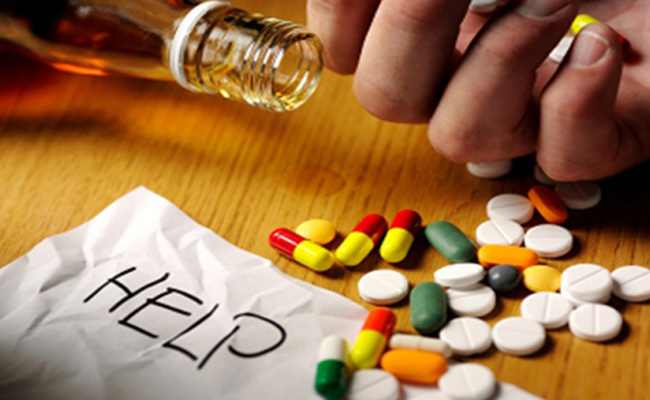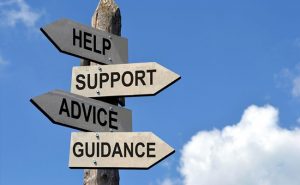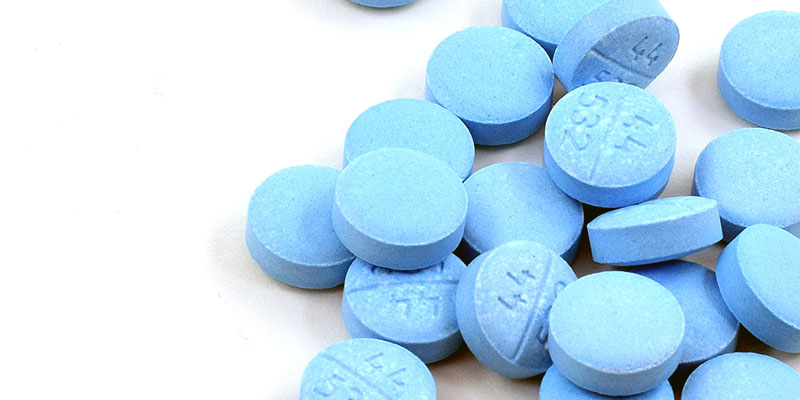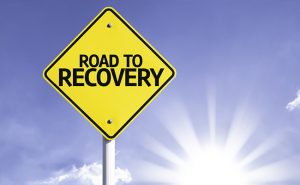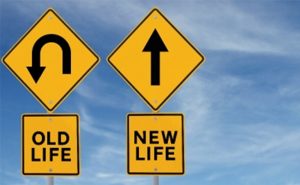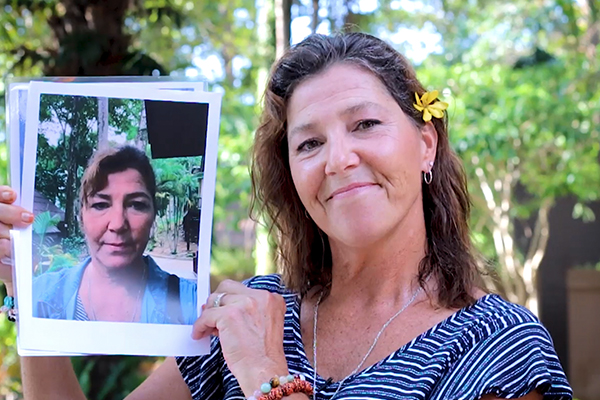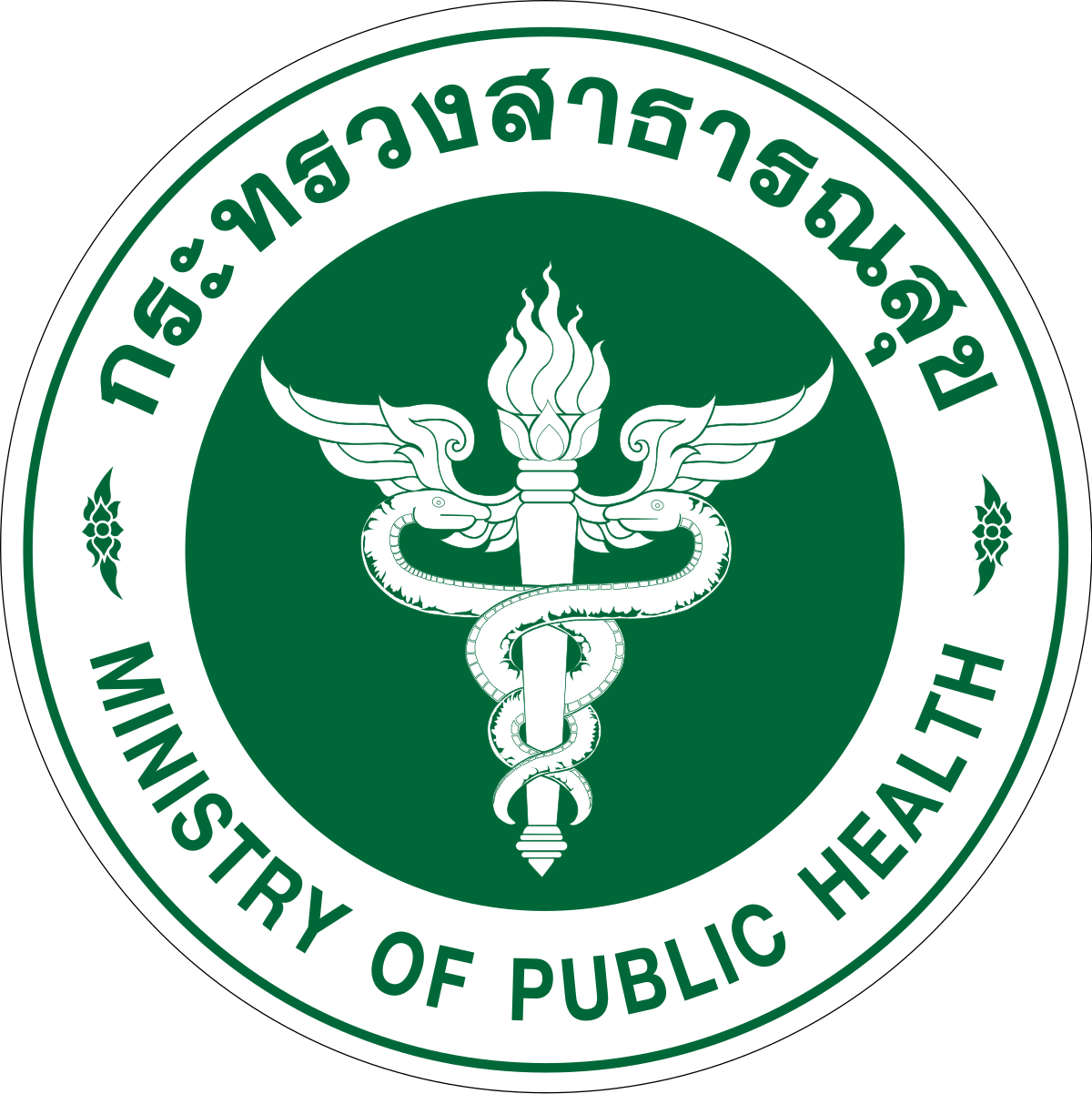Substance Abuse Terminology
Knowing or being someone with a substance abuse disorder can be scary. A doctor may diagnose an actual disorder or may say you are showing warning signs or symptoms that could easily lead to addiction. This can be confusing and concerning. Some of the most common terms used are addiction, physical dependence, and tolerance. Each of these terms will be described below so a better understanding can be gained.
Tolerance
Tolerance is a term you will hear often in conjunction with addiction, but tolerance can occur for those who are simply taking medications over long periods of time. It occurs when a person no longer responds to a drug in the way they did at first. This means it will take a higher dose of the drug to achieve the same effect. This can happen when the drug is legal or illegal and no matter what purpose the drug first served. Tolerance is why people with substance abuse issues need more and more of a drug to get the ‘high’ they want.
Physical Dependence (Physical and Emotional)
Dependence is also a term that is often related to substance use disorder. It means that when a person stops using a drug or medication the body goes through a withdrawal period. Withdrawal is a group of physical or mental symptoms that can range from mild to life threatening. This can occur with anything from caffeine to opioids or alcohol. Many people who take prescription medications over a long period of time will become dependent so that when they go off the medication, they may experience withdrawal. To avoid withdrawal symptoms many medications can be removed over time, a weaning of sorts. People who are dependent are not necessarily addicted, but dependence can lead to addiction.
Addiction
In contrast to tolerance and dependence, addiction is a disease. However, like tolerance and dependence, addiction can result from repeatedly taking drugs or drinking alcohol. To clarify, if a person keeps taking drugs, unable to stop in spite of negative consequences, this is addiction or substance use disorder, but a person can be dependent or tolerance can be present without addiction.
Signs of Addiction
If you are concerned that you or a loved one may have an addiction then there are several signs that may point you in the right direction. Signs of addiction typically include behavioral and physical signs. These will be shared below.
Behavioral Signs
Behavioral signs are those that involve a person’s outward relations with the world. These can include, but are not limited to:
- Obsessive thoughts and actions – Getting and taking more of the drug becomes a priority.
- Disregard of harm – In spite of causing mental and physical distress to themselves and others, the addiction continues.
- Loss of control – Even when the person wants to stop, they cannot.
- Denial or hiding of drug use – When confronted the person will deny or downplay their addiction.
Physical Dependence Signs
Physical dependence signs are those that manifest as side effects of drug abuse, during an overdose, or even as a result of withdrawal. It can be difficult to identify physical dependence signs, but those that are severe will require immediate medical treatment. Even in withdrawal, the body is adjusting, but it can be physically dangerous. General physical dependence signs can include:
- Enlarged or small pupils
- Weight changes – loss or gain
- Bloodshot eyes
- Insomnia
- Poor physical coordination
- Looking unkempt or having an unusual body odor
- Slurred speech
These signs may not be present with all addicts or with all drugs, but they are very common among users. Different signs may occur if the person is overdosing and if these signs and symptoms appear, call for immediate medical help.
- Drowsiness or trouble walking
- Loss of consciousness
- Agitation
- Aggression or violent behavior
- Delusions or hallucinations
- Difficulty breathing
- Nausea and vomiting
If the person does not have an addiction, but is having withdrawal symptoms due to dependence there will still be side effects. These may include:
- Shakiness, jumpiness, and trembling
- Loss of appetite with nausea and vomiting
- Depression, insomnia, and fatigue
- Headaches and fever
- Confusion and hallucinations
- Seizures
When someone is in the grips of addiction, they may not recognize the symptoms and signs. However, this does not mean they are not being affected. Some of the psychological signs may include:
- Sudden mood swings and anxiousness
- Inattentiveness and lack of motivation
- Irritability
- Withdrawing mentally and emotionally
- Changes in personality
- Unexplained paranoia
Noticing Symptoms and Signs
An addict or even someone with a dependence on medication may not notice the signs and symptoms that are obvious to others. Friends and family members are often those who become the key players in getting the person to seek help. If you or a loved one has an addiction problem or just a dependence, then seek the best help available.
DARA Rehab

There are always options when it comes to treatment. Out-patient counseling is one option, but when withdrawal is a concern then medical treatment should also be sought. Following the withdrawal period, out-patient counseling is something that should be utilized to maintain recovery whether it be through group or individual settings. Getting clean on your own is also possible, but rarely works and medical concerns are still high priority. The best option is an in-patient facility that is well staffed and well versed in addiction.
One such facility is DARA. DARA offers locations in several countries around the world with affordable prices and spectacular views from luxury facilities that will meet your recovery needs. DARA does not simply focus on addiction, but on the overall wellbeing of the person. This is accomplished through education, therapy, groups, and even physical fitness and nutritional balance.
Addiction can affect the whole body and this should be addressed through rehab. Each person will be given the tools and training necessary to reenter the real world ready to face daily challenges that come with recovery. This means that the person will have a personal trainer to help improve the body physically, nutritious meals for the same reason, and individual and group therapy to help the person learn about their addiction or dependence and how to handle related issues. DARA is waiting to find a spot for you, but you must make the call to get started.
CLICK HERE to get a Free Confidential Addiction Rehabilitation Assessment. Alternatively, you can click on the live chat icon to chat with someone right now.
